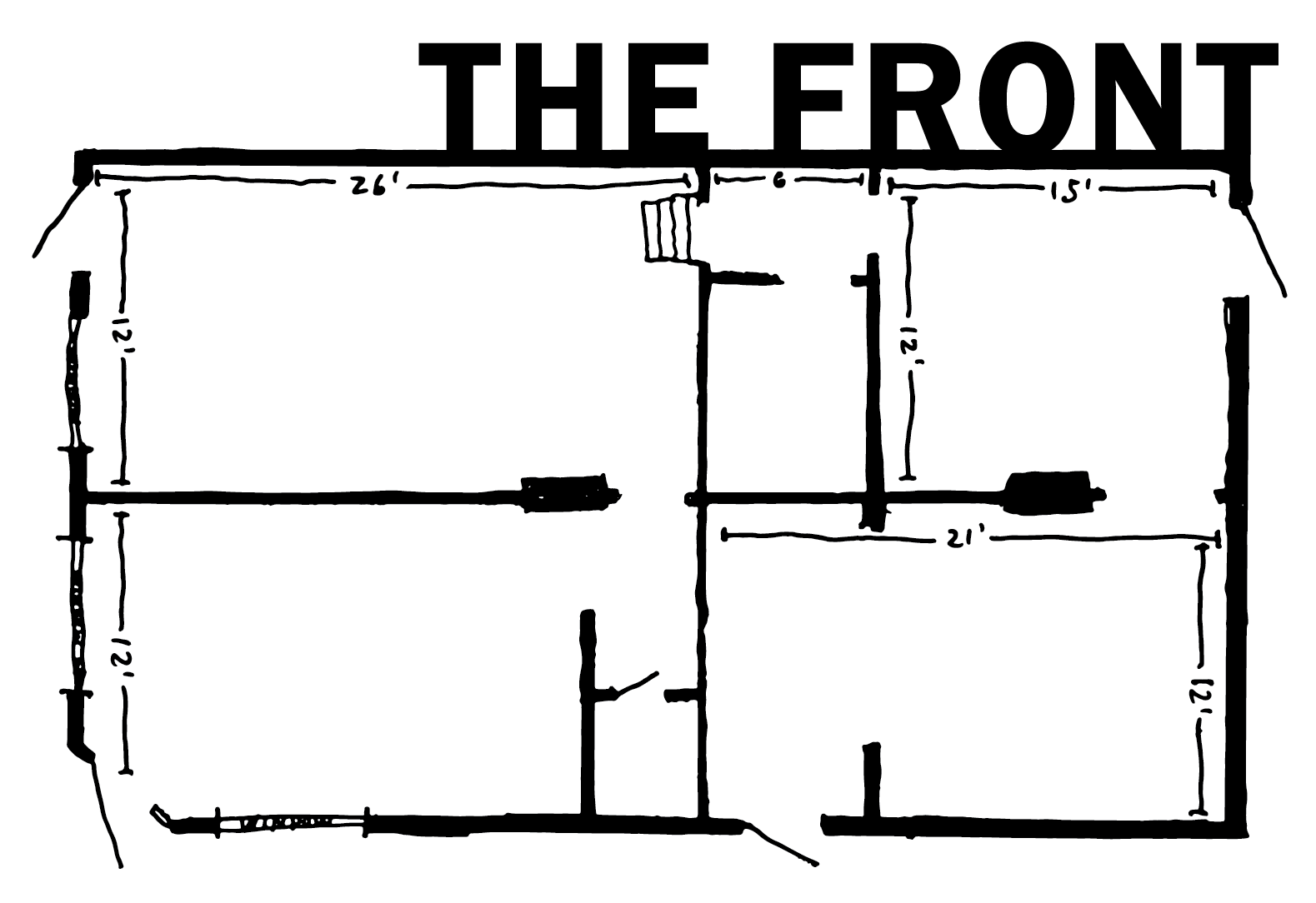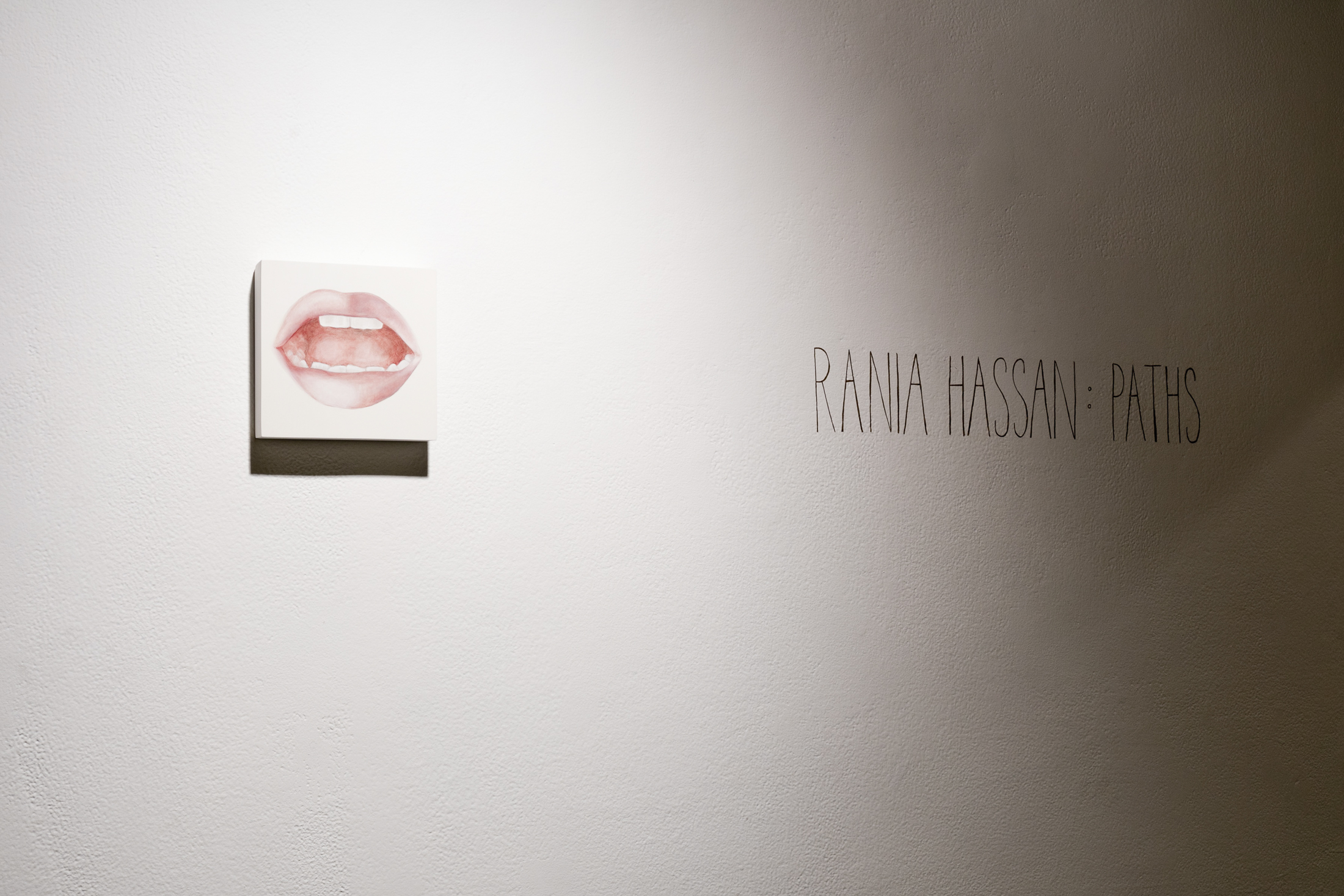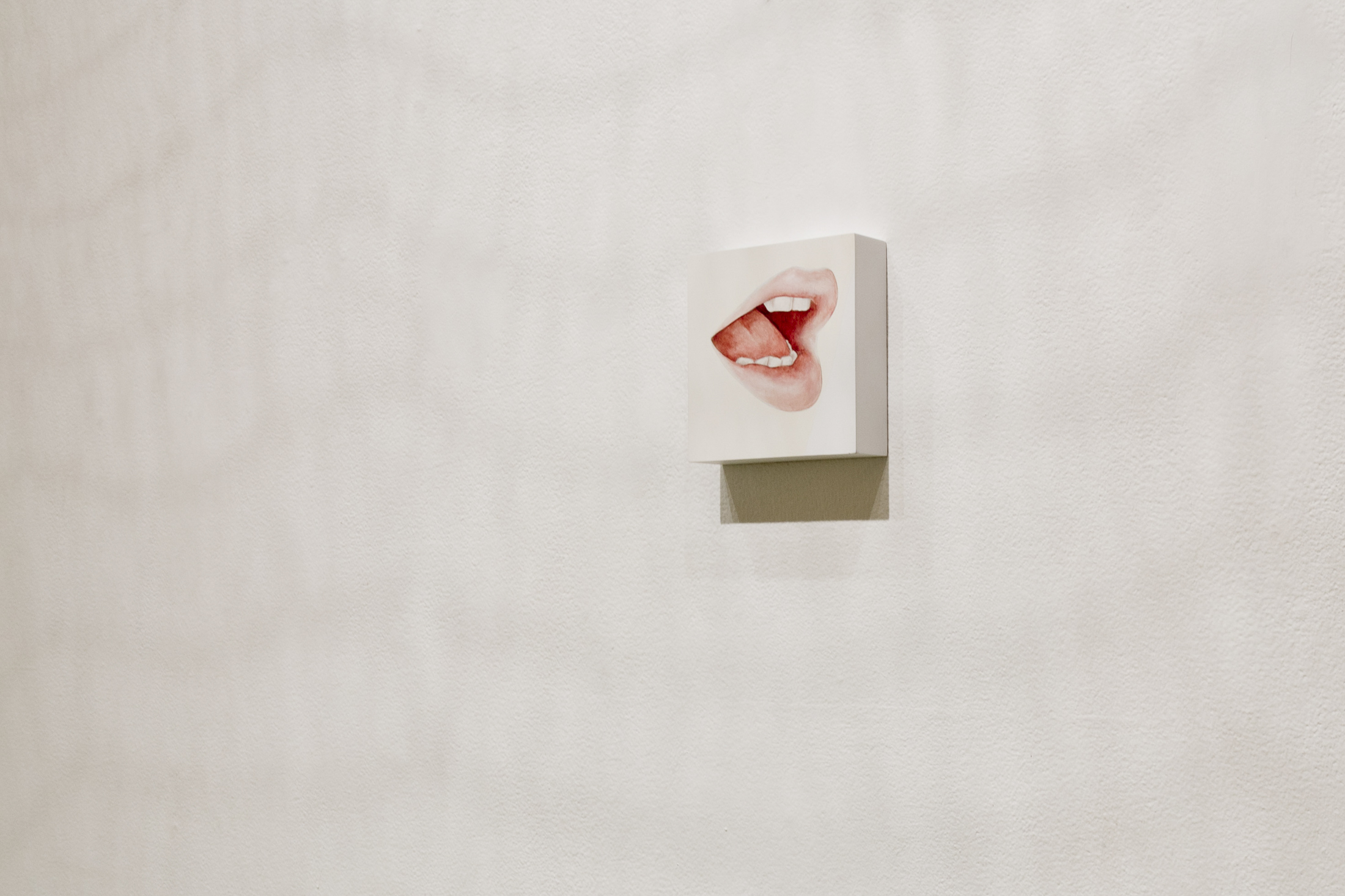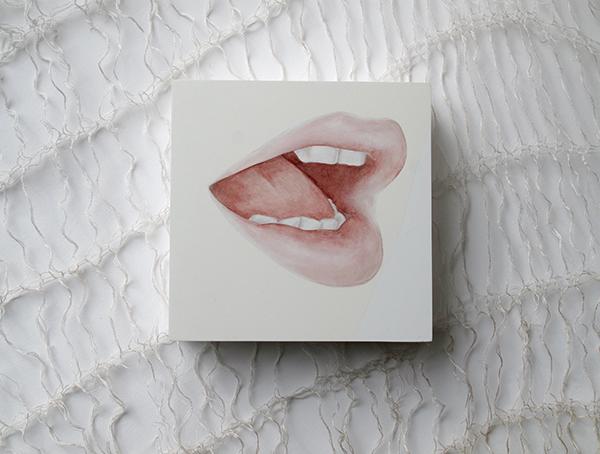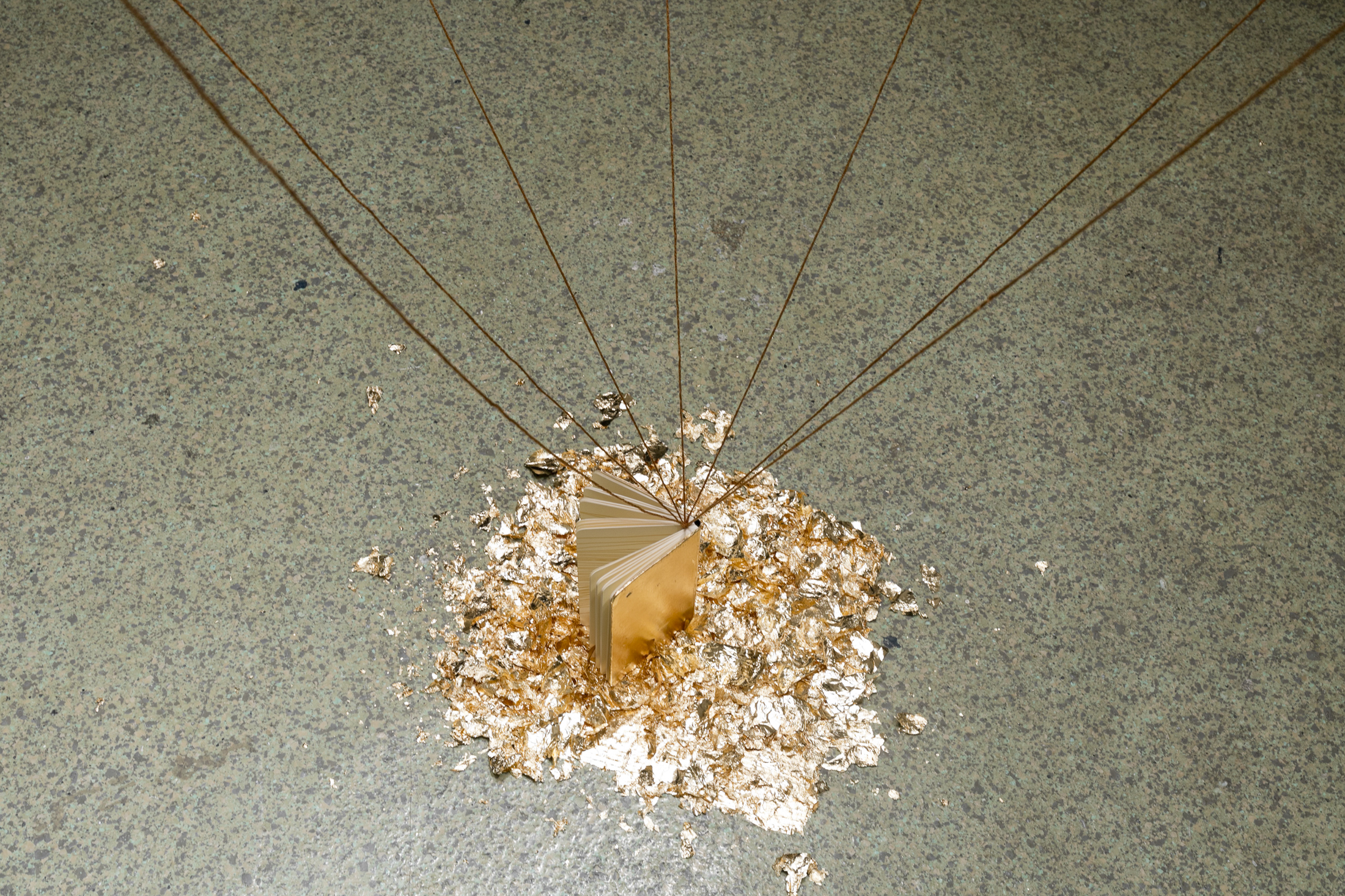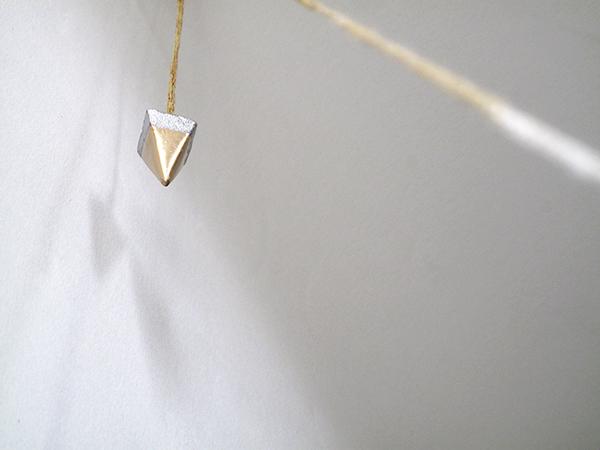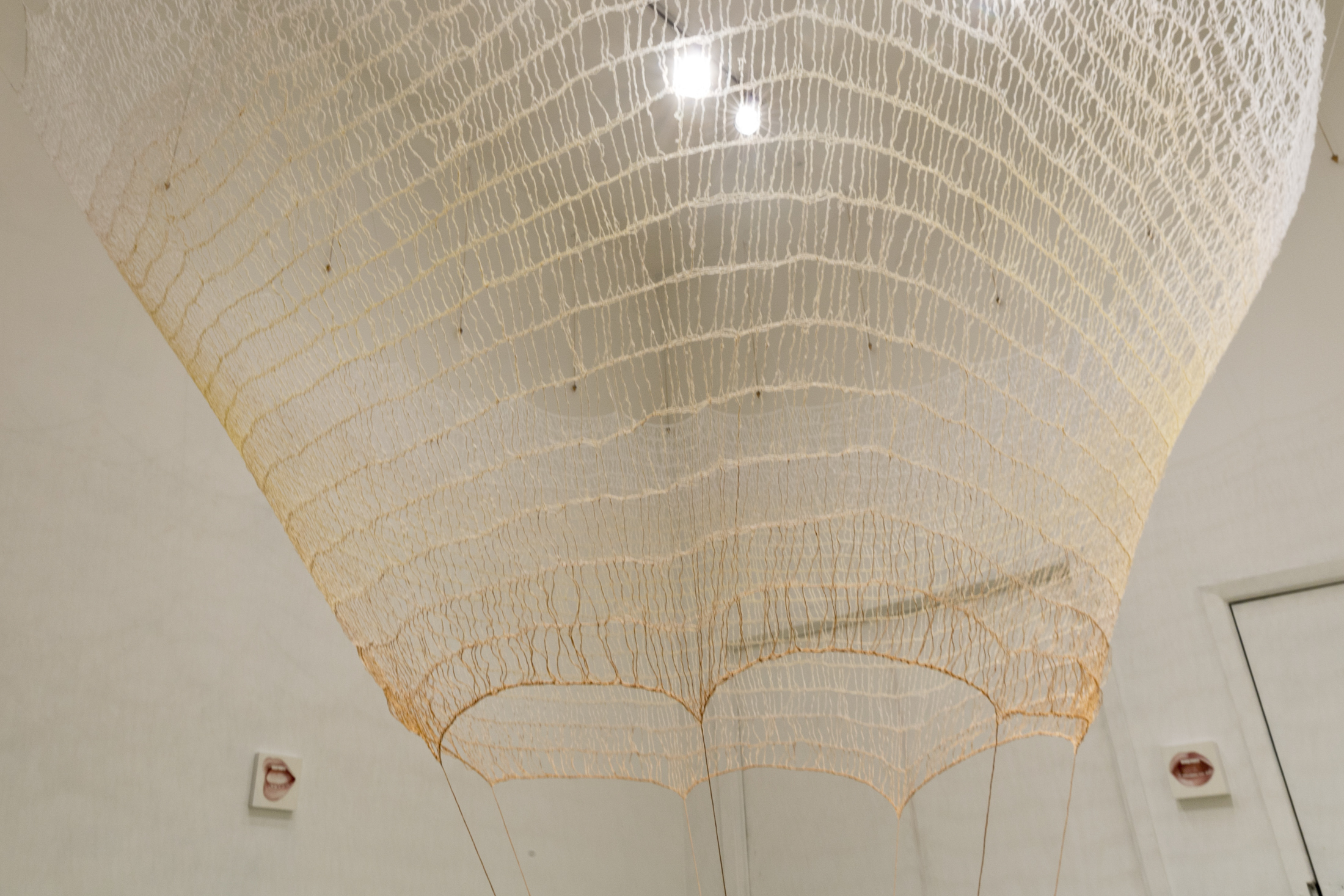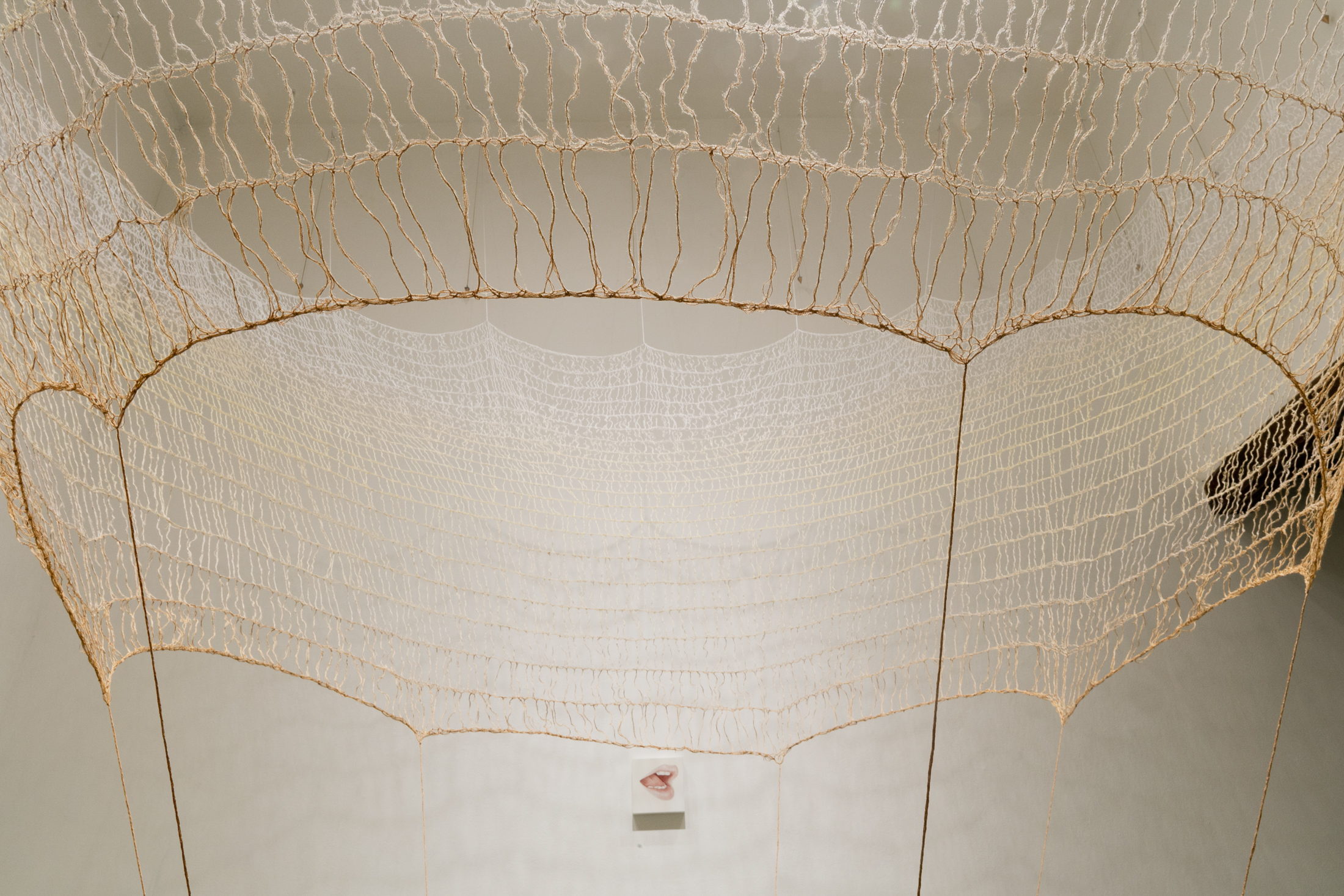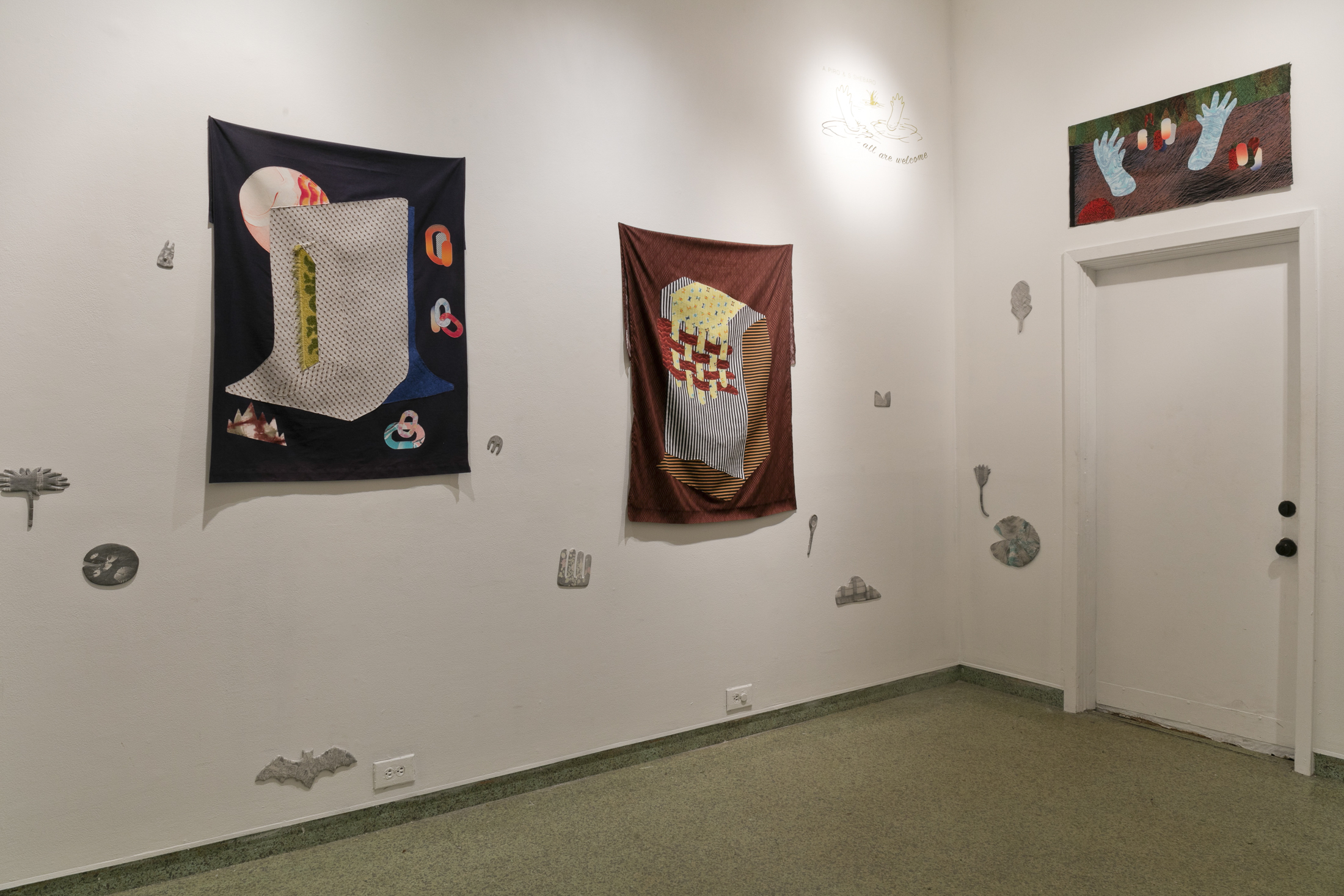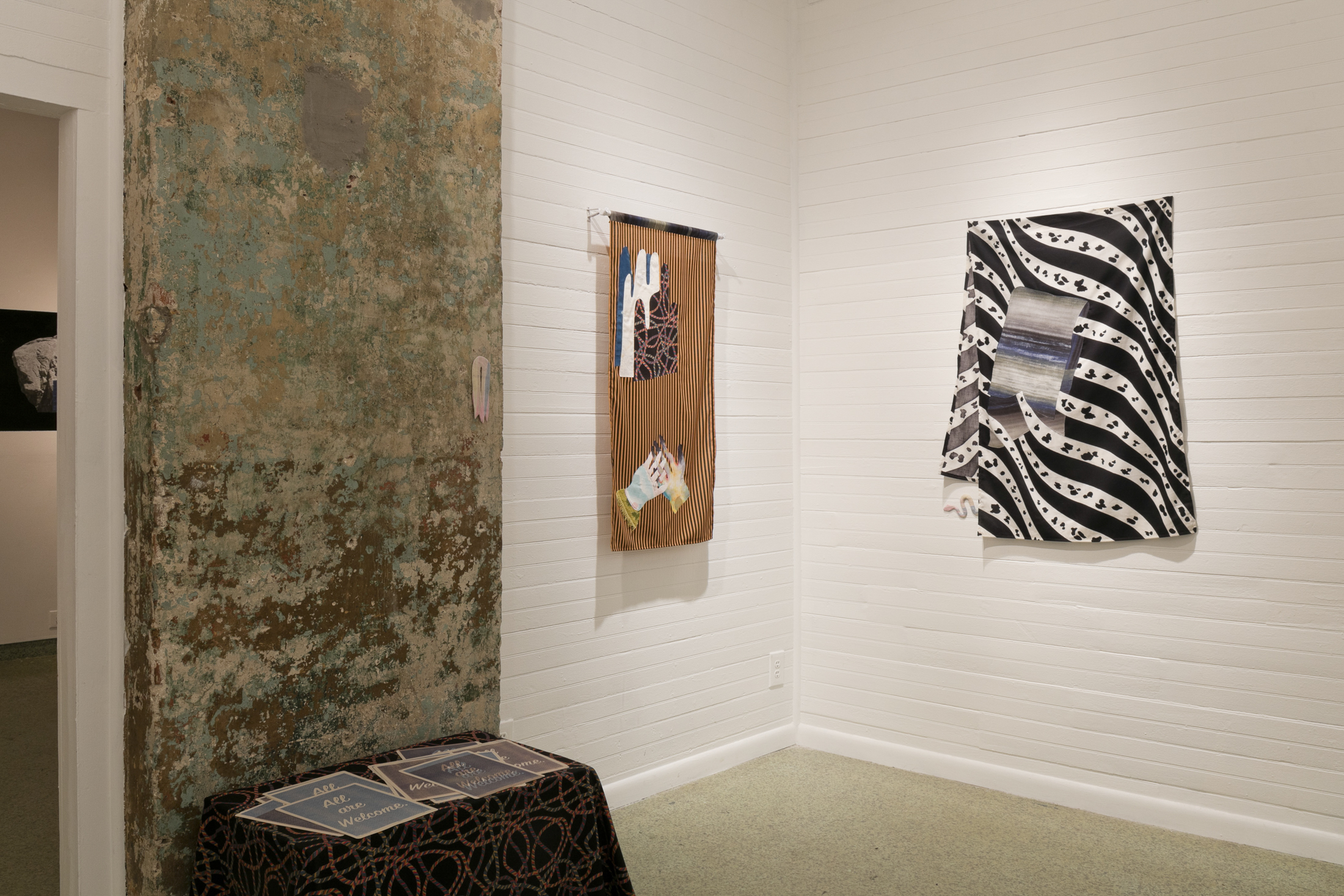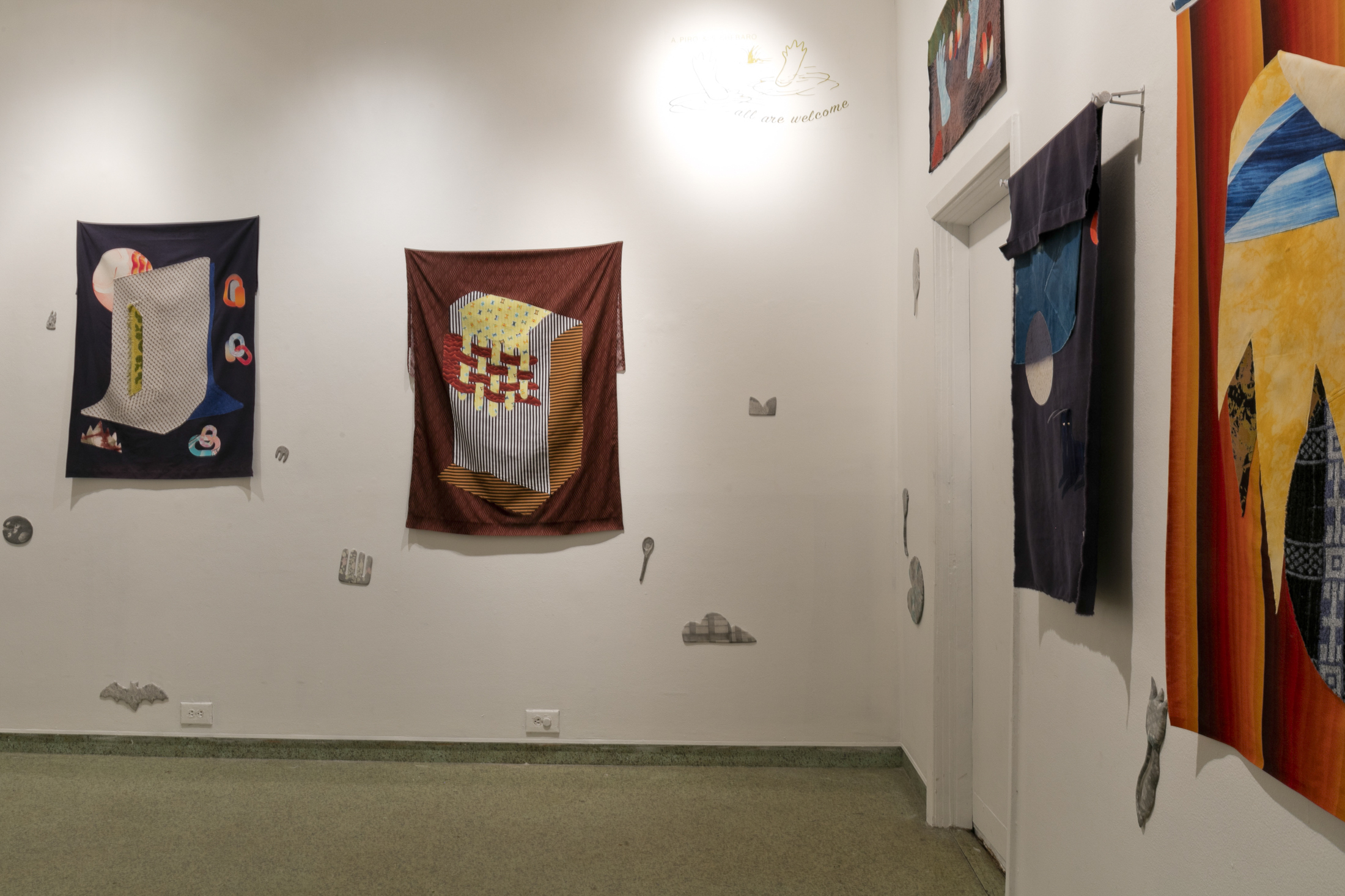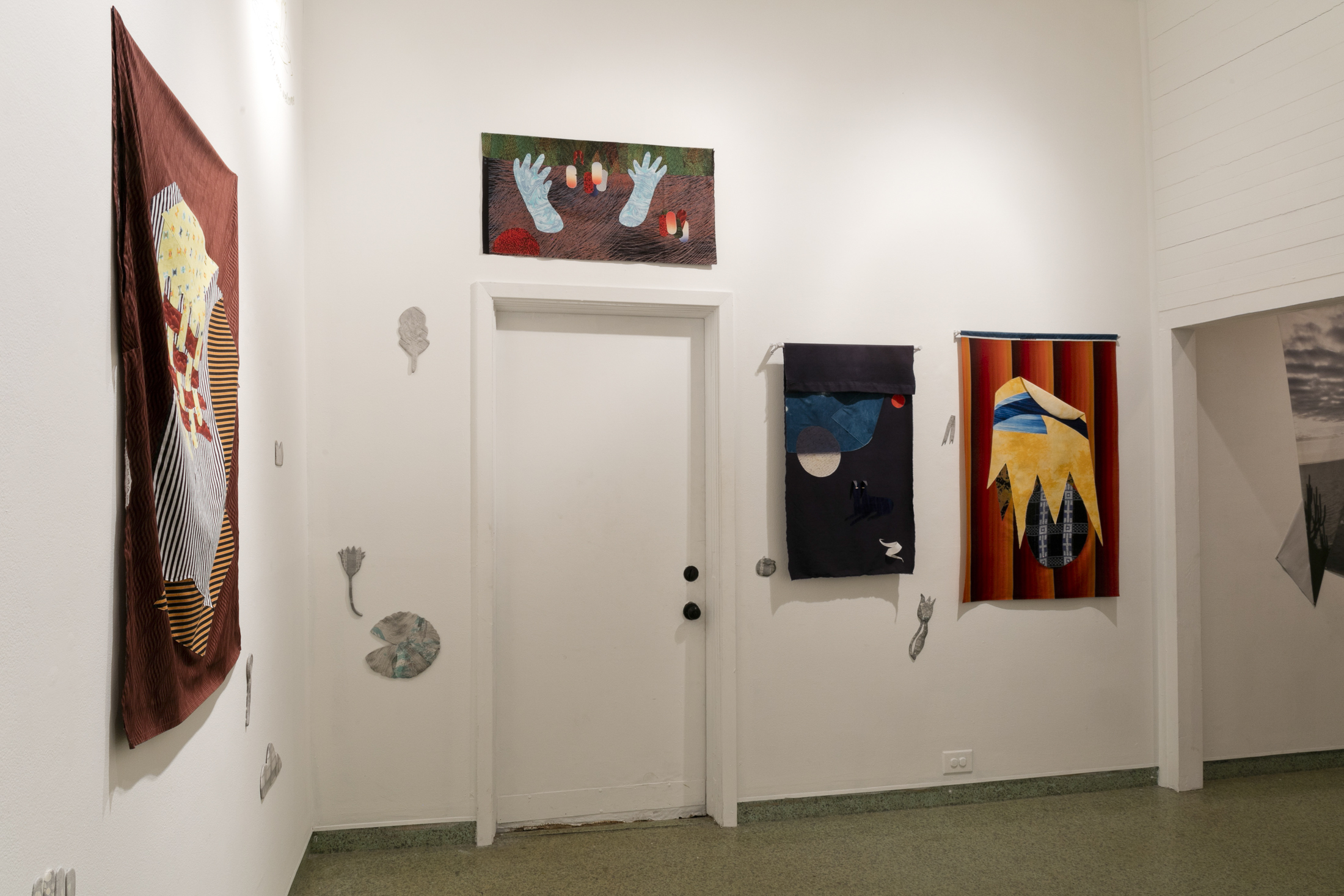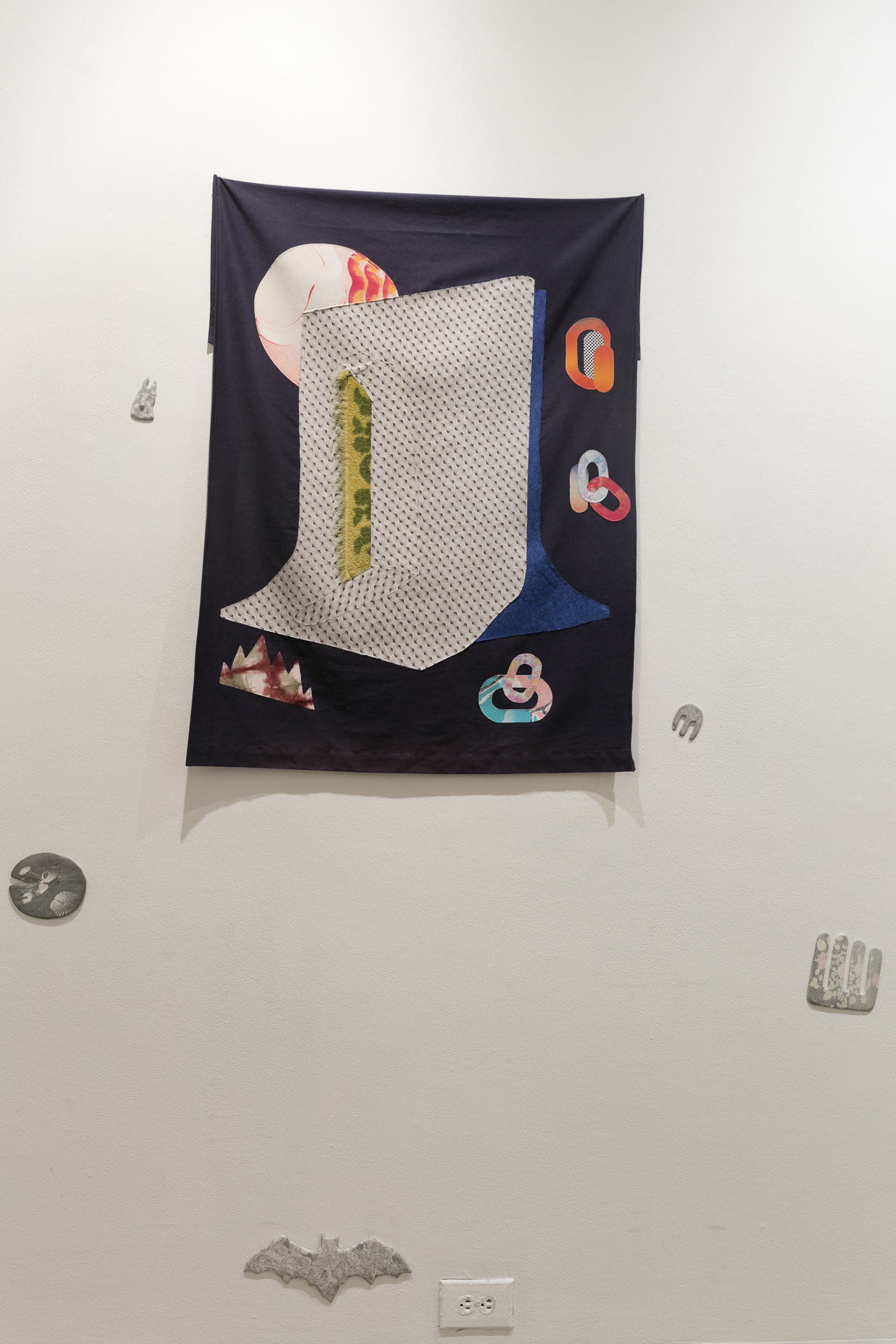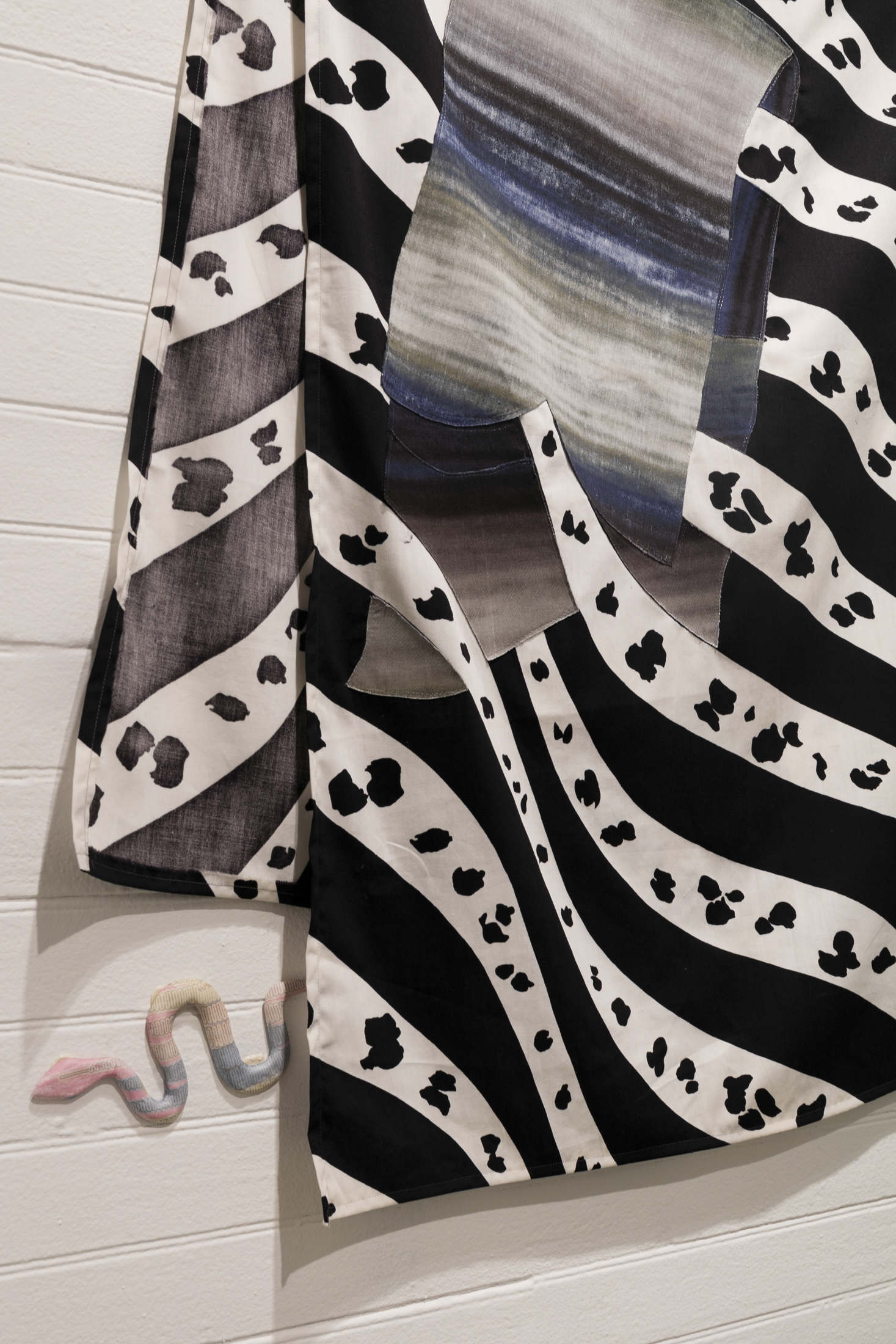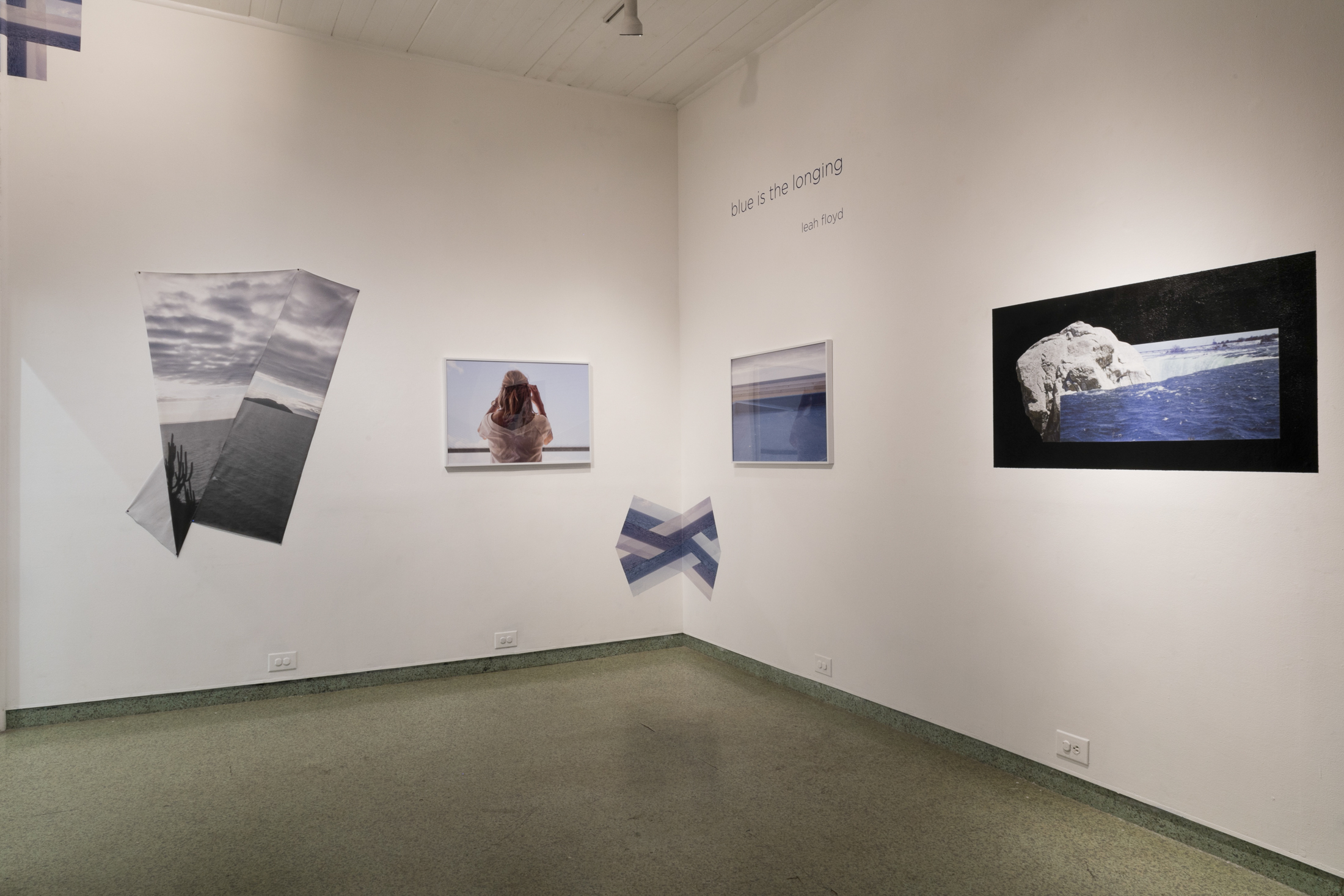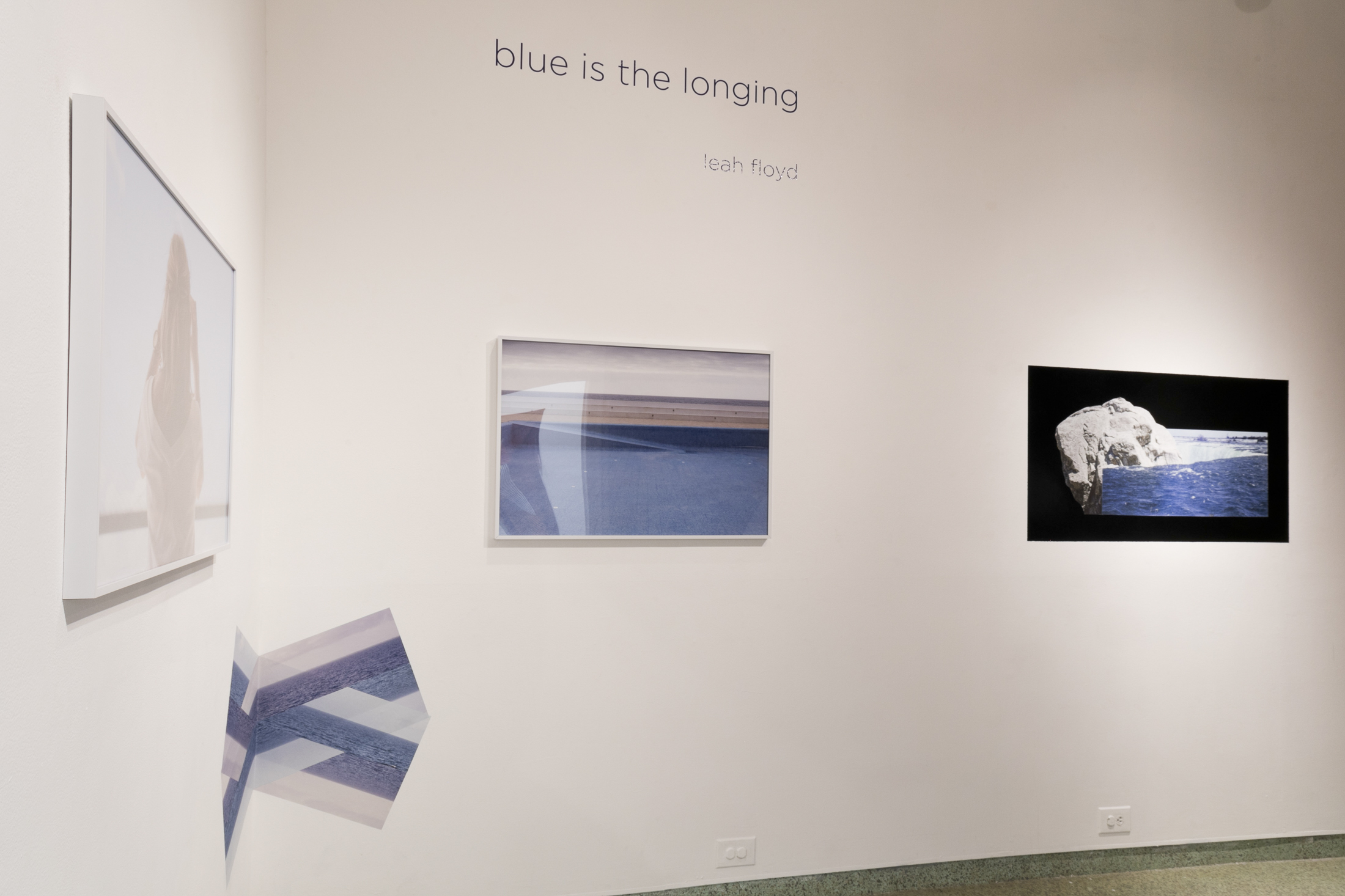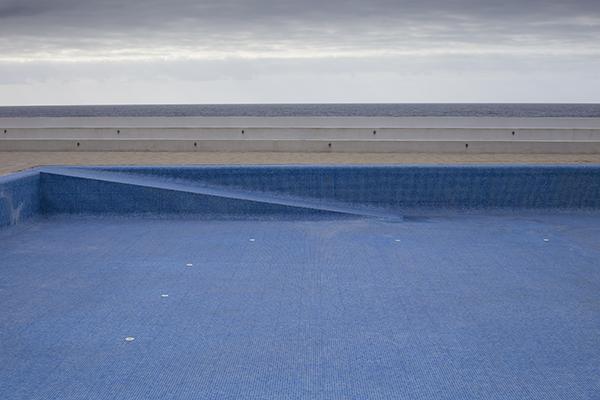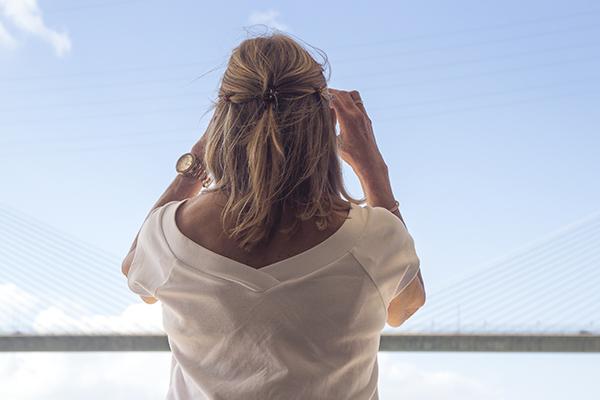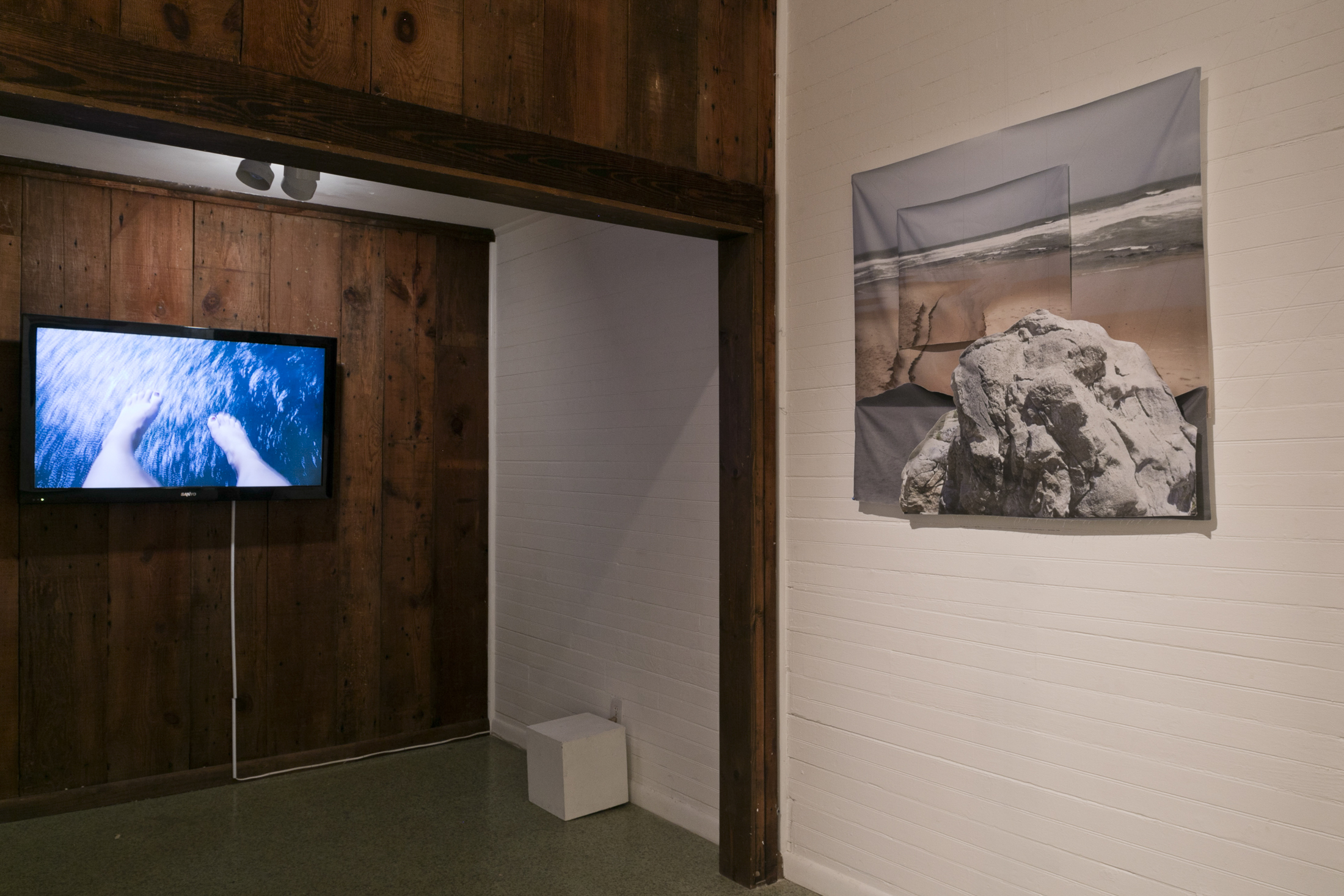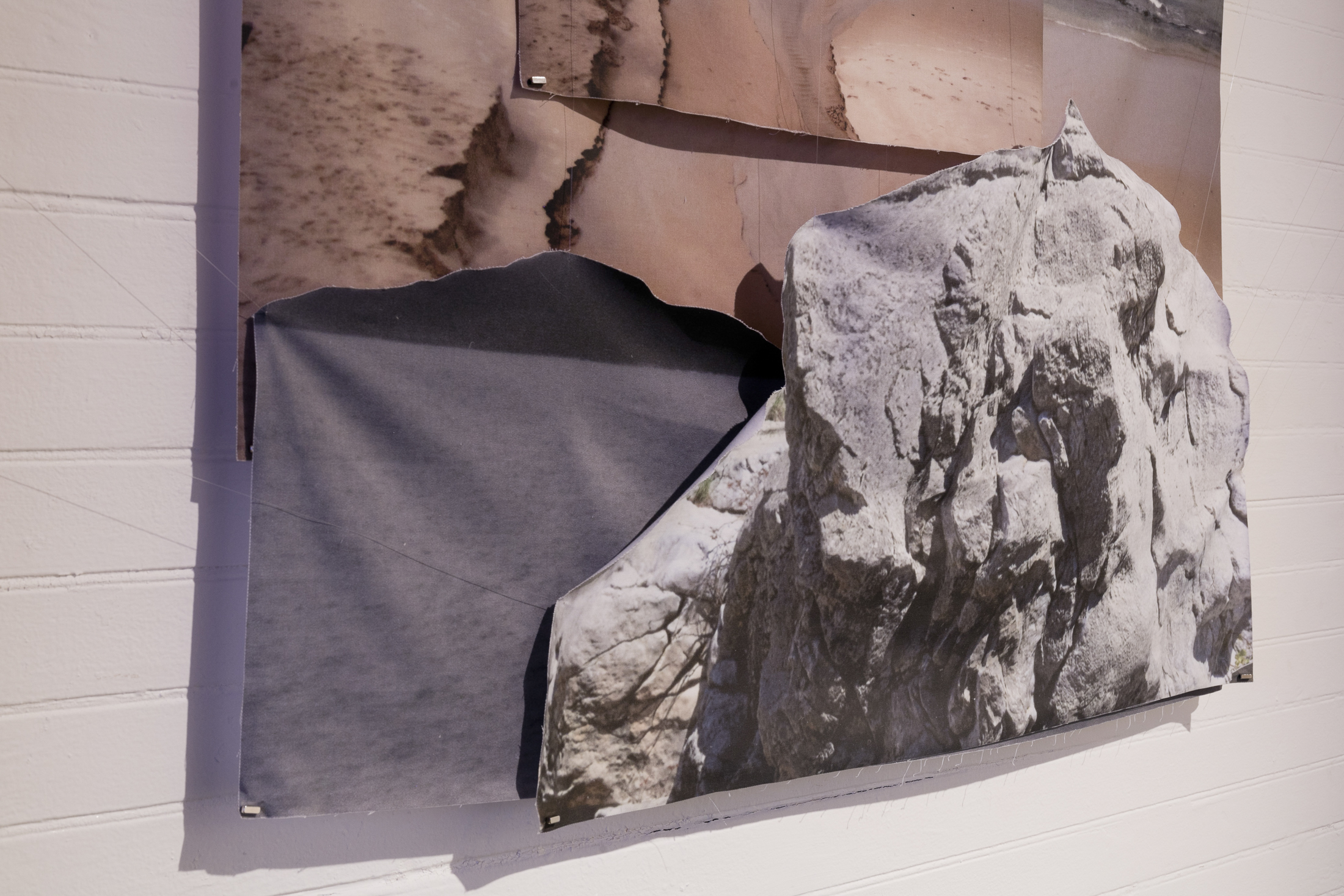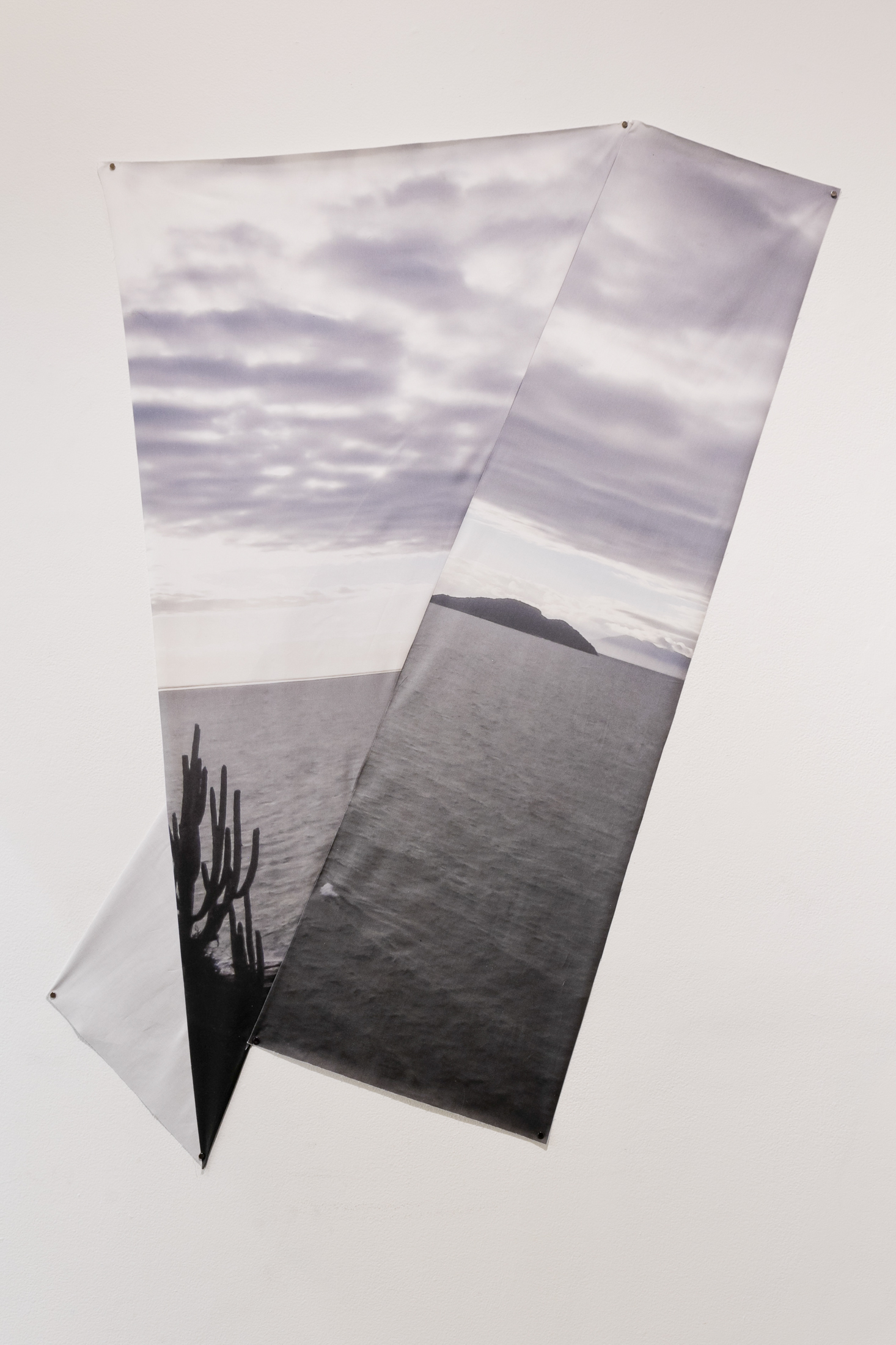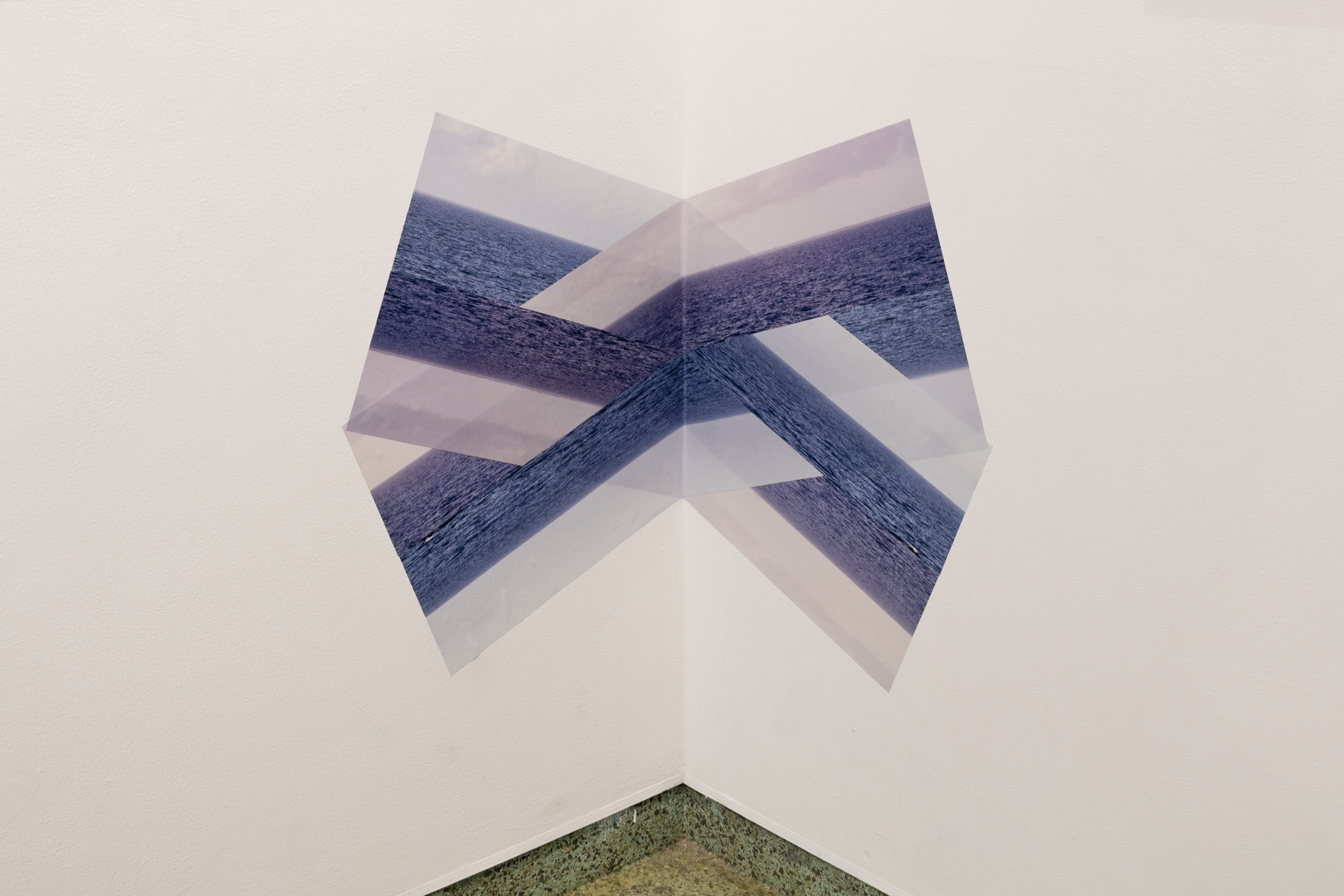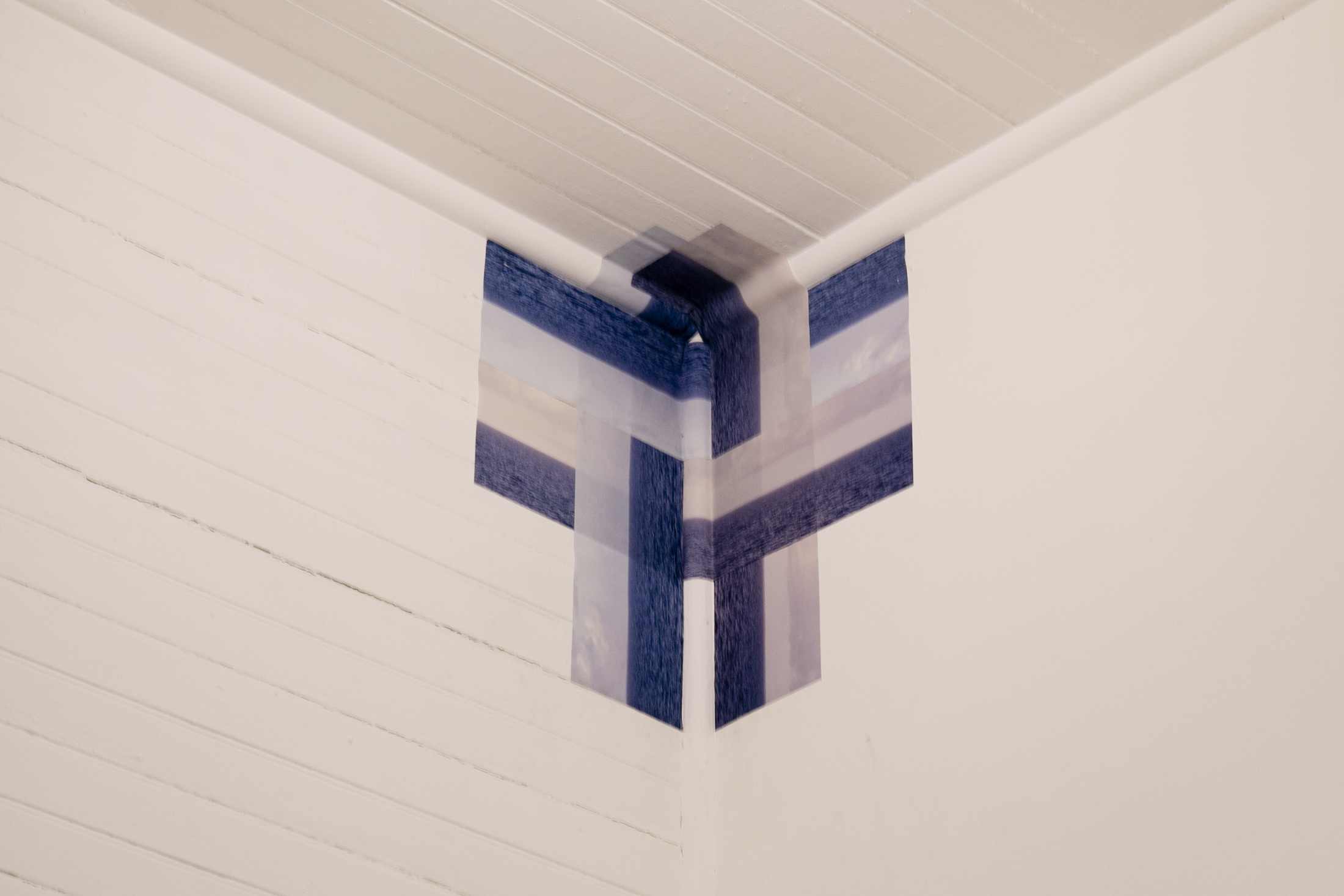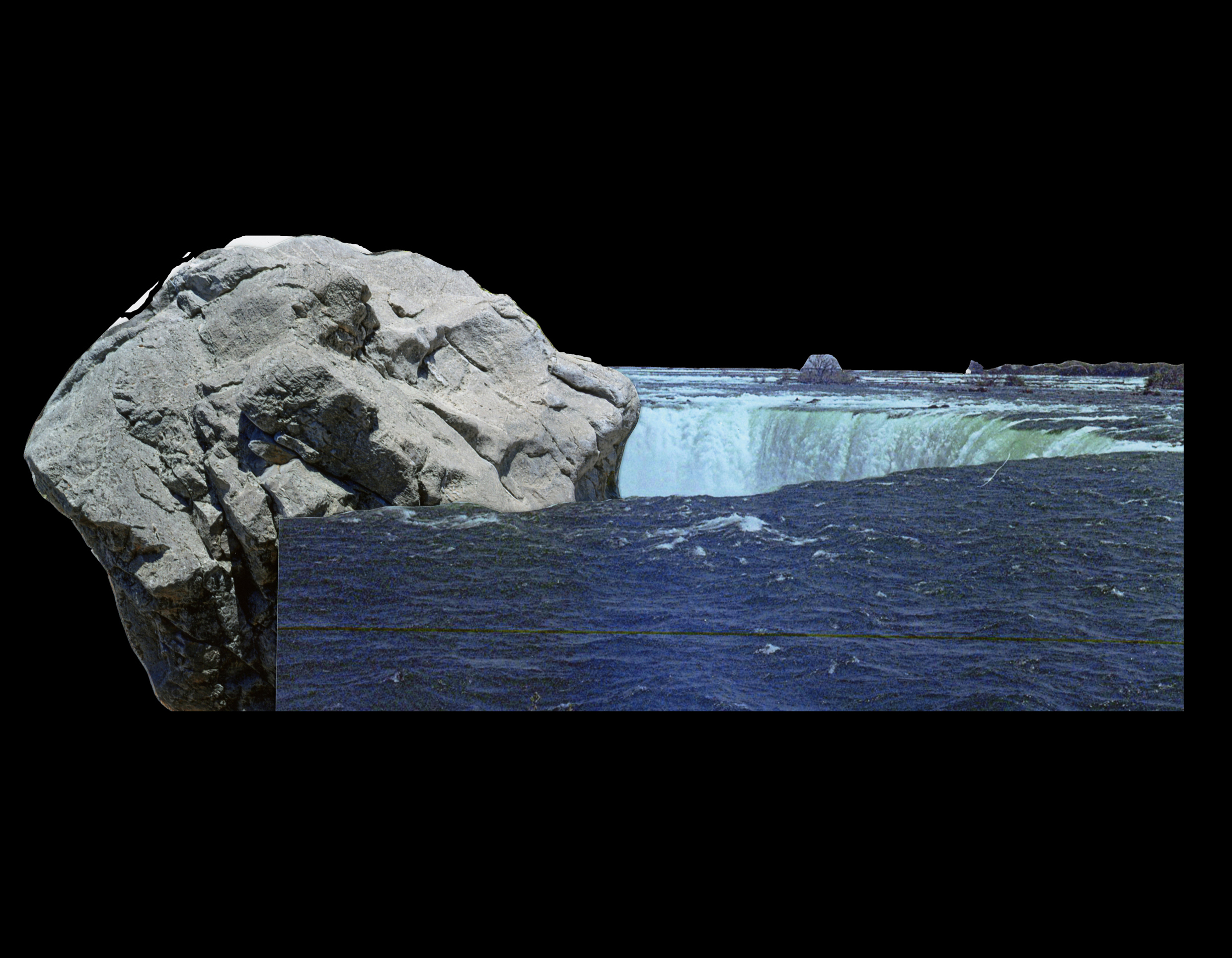January 14- February 5, 2017
Opening reception Saturday January 14th, 6-10pm
Room 1:
Alex Podesta
A Handful of Recent Things
New sculpture and installation.
Alex Podesta has been a member of The Front since 2010. He attended the Governor’s Magnet School for the Arts in Norfolk, Virginia and later studied sculpture at Virginia Commonwealth University. After moving to Louisiana, he resumed studies at the University of New Orleans, receiving a MFA in sculpture.
alexpodesta.com
https://www.facebook.com/Alex-Podesta-Studio-191441724285252/
Room 2:
Rania Hassan
Paths
I am interested in the connections we find in our everyday experiences. How do we think of our place in this world? How do we fit in it? My work is about levels of connectedness. I paint, draw, and knit to represent these moments.
This series started because of my fascination with knitting, love for painting, and intrigue in the community I’ve found online with knitters from around the world. I think about how it links me to my mother, her mother, and all the generations of women who came before them. Thoughts, memories, and time go into every stitch and pause.
The knit fibers are a combination of fine linens, silks, bamboo, stainless steel, and copper threads. I’ve transitioned from a canvas surface to stitching these hand knitted fibers into painted wood, trading needles for the finest drill bits.
Rania Hassan is a mixed media fiber artist, designer, and printmaker. Her artwork combines knitting and painting to weave sculptural stories about our connections to time, place, and circumstance. Her installations are in the permanent collections of the National Institutes of Health [NIH] in Bethesda, MD, Amazon Web Services in Herndon, VA, and the District of Columbia's Art Bank Collection. She is the recipient of a Craft Award of Excellence from the James Renwick Alliance, the organization which supports the Renwick Gallery of the Smithsonian American Art Museum, and Artist Fellowship Awards from the DC Commission on the Arts and Humanities [2009, 2014, 2015, 2016, 2017].
raniahassan.com
Room 3:
Collaborative work by A. Piro & S. Shebaro
All are Welcome
How do two artists in different parts of the country reconnect and create work together? Working remotely at first (passing materials and ideas back and forth), through free, web-based software (Drop Box, Google Docs and Google Photos), was an essential part of this project both visually and conceptually. Through this connection we realized that our frustrations stemming from personal cognitive creative limitations were similar...even though our interests were different. We both had ungrounded and unconscious rules that restricted our full creative potential.
The challenge, to share and to pull freely from each other’s images, personal iconography, influences and styles to produce an installation mindful, but free of these restrictions. The hope is to end up with a shared body of work that is based on larger concepts less hindered by personal proprietary aesthetics or limitations.
We’ve outlined our individual creative interests as microstatements below.
ALYSSA’S WORLD
Digesting and dissecting the ethereal, under-observed qualities of everyday objects and experiences, I am searching for a new understanding of reality. I was initially interested in using this collaboration as an opportunity to act as a sponge, and to create work that is a product of its surroundings, and of our conversations. I am now more interested in the occurrence of mutual understanding and the discovery of new ideas via the collaborative process, rather than a specific, physical end result. For me, this installation has evolved into an exercise in collaboration (and everything that goes with it; sharing, exchange, communication, openness), which I think I craved on a subconscious level… a product of the unsteady and surprising climate of the past year.
SARAH’S WORLD
Street signs, logos, flags (the origin and rules of heraldry are especially intriguing to me), colors, typefaces, all hyper-designed for a specific purpose, to create order or assimilation in one way or another. Often, I think about how visual standards and prompts direct us. I began experiment with these rules (proportion, color, iconography), with shifts in size, color, etc. to both draw attention to the intent of the original and create a bridge between what most consider two separate practices; art and graphic design.
The final assembly of our work as a site-specific installation will be the initial product of this experiment. Modular elements produced separately, as well as the brief amount of time making work together will be installed, influenced by the Southeast and our experience as visitors in New Orleans. Our hope is this process of sharing ideas will result in more collaborations, and different ways of thinking about the individual creative process.
Alyssa Piro is a multidisciplinary artist and instructor working primarily in drawing, printmaking and installation. She received her MFA from Columbia University, and her BFA from Pratt Institute. Her work has been included in exhibitions nationwide, as well as abroad. She currently lives and works in Philadelphia, Pennsylvania.
Sarah Shebaro is an artist, instructor and designer living in Knoxville, TN. Born and raised in Northwest Iowa, outside a town proclaimed the Popcorn Capital of the World. She received her BFA at the University of Iowa. In the years that followed she headed east to Pennsylvania for a non-degree assistantship position at Bucknell University then south to receive an MFA in printmaking at the University of Tennessee in Knoxville. Post 2009 economic crash she moved to Brooklyn, NY where she accepted a position at the Pratt Institute as the shop technician and assistant professor. In the four a half years there, she rehabilitated the print studios, paying extra special attention to the letterpress facilities. Late 2015 she relocated back to Knoxville, TN teaming up to open Striped Light, letterpress studio and record label. Her work can be found at sshebaro.com and stripedlight.com.
sshebaro.com
stripedlight.com
alyssapiro.com
Room 4:
Leah Floyd
Blue is the Longing
Blue is the Longing, explores the complexities of intimacy and focuses on the feelings of unmet expectations. Unfulfilled desires can lead to disappointment. As humans, how do we deal with longings that are never satisfied, boundaries that cannot be broken through, and seeking that never leads to discovery?
The process of achieving intimacy is irregular, uneven, and challenging, but overcoming these obstacles is rewarding. Perhaps the first step toward intimacy is a realistic perspective. One that accounts for some turbulence, some annoyance, and some irritation.
Blue is the Longing is an series that explores the nature of frustration. The show seeks to surround the viewer with the visual translation of this typically undesired feeling. For it is not that we can eliminate all yearnings from relationships, but rather, it is that we should learn to become more expectant and accepting of these voids. That we become more yielding towards the gap of what is desired and what is received.
Each image within the gallery contains the color blue. Author Rebecca Solnit writes that in landscape paintings the color blue denotes distance and:
“The color of that distance is the color of an emotion, the color of solitude and of desire, the color of there seen from here, the color of where you are not. And the color of where you can never go. For the blue is not in the place of those miles away at the horizon, but in the atmospheric distance between you and the mountains… Blue is the color of longing for the distances you never arrive in, for the blue world.”
The color blue within the work represents the gap, the desire, the longing, whatever you want to call that unsettling feeling of reaching for but not grasping onto.
The collages within Blue is the Longing utilize the image of the horizon. Similarly to the ‘blue of distance,’ the horizon is a place that is desired but never quite reached. Each horizon is broken, folded, ruptured, divided or extracted from the image. The newly constructed horizons, with their sharp angles and fractured lines, create a new landscape, both formally and conceptually. When the horizon is removed or altered, the new disjointed line of vision becomes integral to the formal elements of the image, the void and ruptures are now part of the resolved composition.
The videos within the series loop and their circular format cuts immediately before the expected visual climax. Projected simultaneously within proximity of each other, if the viewer continues to watch, they would be forced to be patient, accepting the repetitive nature of the loop and eventually foregoing their expectation for visual resolution.
Leah Floyd received her Bachelors of Arts with a degree in English from Stetson University in 2006. After graduating from Stetson, she moved to Buenos Aires, Argentina where she worked as an English teacher until 2008 when she began graduate school in the photography department at the University of Florida. After completing her MFA she relocated to New Orleans to live and work. She is the instructor of photography at Loyola University. In her free time she enjoys kite flying, reading, biking, baking and non-computer-based forms of correspondence.
www.leahfloyd.com
